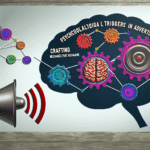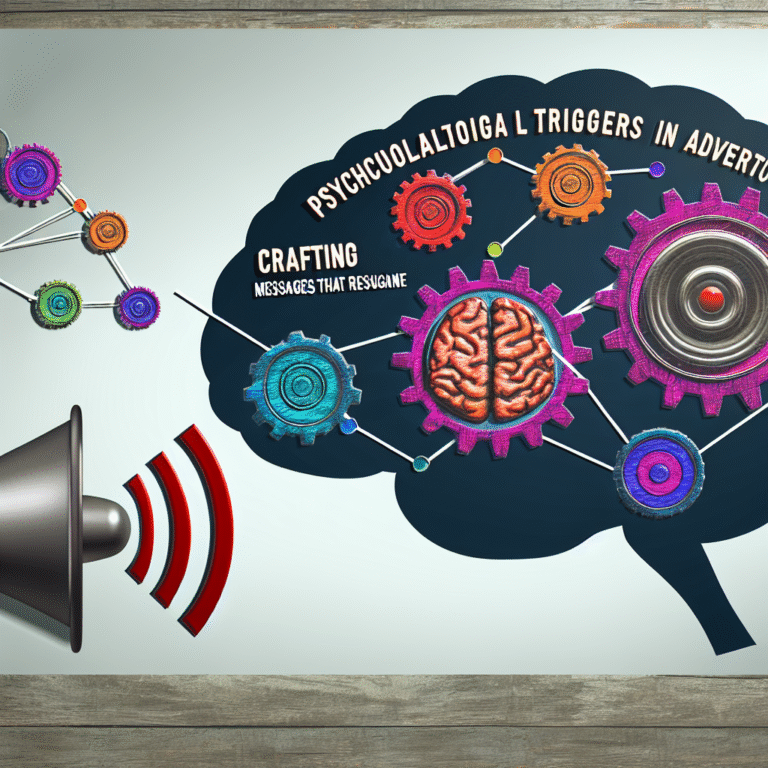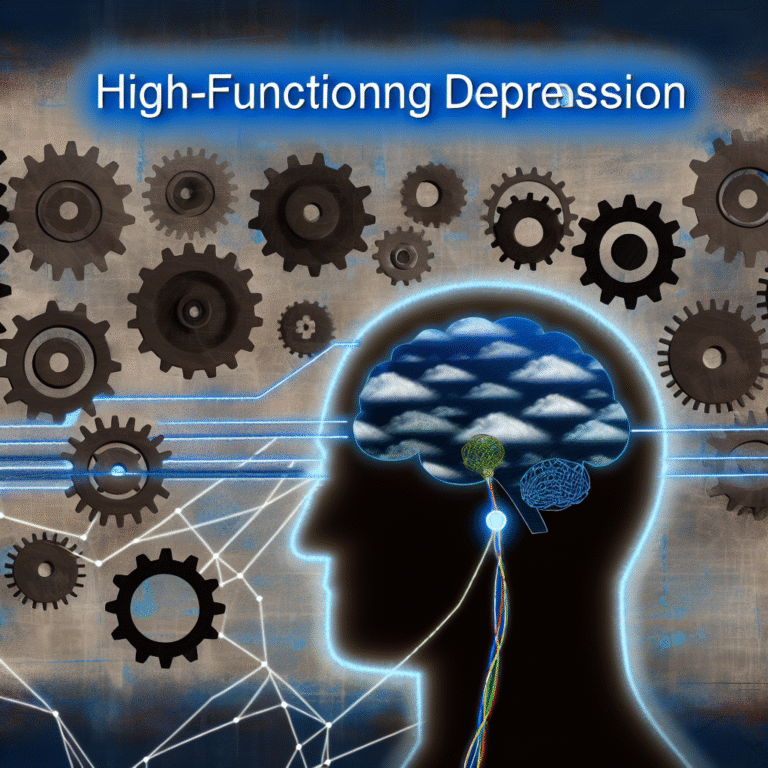Understanding Gender Identity: The Essential Psychological Journey of Self-Discovery
Introduction
 Understanding Gender Identity: The Psychological Journey of Self-Discovery is not merely a phrase; it encompasses a profound exploration of self-awareness that can transform lives. In today’s rapidly evolving society, conversations surrounding gender identity have become increasingly relevant. Individuals are questioning traditional notions of gender and seeking to understand who they are beyond societal labels. This article delves into the psychological journey of self-discovery, illuminating the path many traverse to embrace their authentic selves.
Understanding Gender Identity: The Psychological Journey of Self-Discovery is not merely a phrase; it encompasses a profound exploration of self-awareness that can transform lives. In today’s rapidly evolving society, conversations surrounding gender identity have become increasingly relevant. Individuals are questioning traditional notions of gender and seeking to understand who they are beyond societal labels. This article delves into the psychological journey of self-discovery, illuminating the path many traverse to embrace their authentic selves.
As we often witness in history, the journey toward understanding gender identity is deeply personal, complex, and multifaceted. It involves not only a quest for self-knowledge but also navigating societal expectations, internal conflicts, and, at times, profound joy and acceptance. This article aims to provide valuable insights, backed by psychological concepts, real-life case studies, and practical advice, designed to encourage and inspire those on this transformative path.
The Foundations of Gender Identity
Defining Gender Identity
To fully appreciate the nuances of Understanding Gender Identity: The Psychological Journey of Self-Discovery, it is crucial to define gender identity. Gender identity refers to an individual’s personal sense of their gender, which may or may not align with the sex assigned to them at birth. This understanding allows individuals to express themselves freely, whether as male, female, a mix of both, neither, or in many other ways.
The Concept of Gender Spectrum
Traditionally, gender has been viewed as a binary construct: male or female. Those who identify strictly with one of these categories often find social acceptance. However, contemporary research emphasises the gender spectrum, where individuals may identify anywhere along a continuum of identities. This shift challenges ingrained societal norms and opens avenues for deeper understanding of gender diversity.
Psychological Theories of Identity Formation
The evolution of gender identity can be explained through various psychological theories. Notably, Erik Erikson’s stages of psychosocial development highlight how identity evolves throughout the lifespan. According to Erikson, the stage of identity versus role confusion, typically occurring during adolescence, is critical. During this time, individuals experiment with different roles and identities, which may include their gender identity.
 Understanding the Inner Conflict
Understanding the Inner Conflict
The Struggle for Authenticity
Navigating the path of understanding gender identity often entails a profound struggle for authenticity. People may find themselves torn between societal expectations and their intrinsic identity. The psychological toll of living inauthentically can lead to feelings of anxiety, depression, and isolation.
Case Study: Alex’s Journey
Alex’s story illustrates this inner conflict. Assigned female at birth, Alex grappled with feelings of discomfort regarding their gender throughout childhood. The pressure to conform to societal norms haunted Alex until they began exploring non-binary identity through online communities. This newfound understanding marked the beginning of their journey toward self-acceptance. Alex’s experience is a testimony to how connections with others can provide validation and support on one’s path to understanding gender identity.
The Role of Family and Society
Family dynamics and societal attitudes significantly influence one’s understanding of gender identity. Supportive environments can foster openness and exploration, while rejection can lead to mental health challenges.
Table 1: The Impact of Family Support on Gender Identity Acceptance
| Family Support Level | Mental Health Outcomes | Gender Identity Exploration |
|---|---|---|
| High | Positive | Open exploration |
| Moderate | Mixed | Cautious exploration |
| Low | Negative | Repression |
Feeling of Isolation
Many individuals on the hormonal journey of self-discovery feel isolated during their exploration of gender identity. This isolation can lead to mental health struggles, emphasising the necessity of supportive communities, whether online or offline.
Psychological Frameworks Supporting Gender Exploration
Intersectionality and Gender Identity
Understanding Gender Identity: The Psychological Journey of Self-Discovery is also influenced by intersectionality—a framework that considers how various social identities (race, class, sexuality) intersect. This intricate interaction shapes an individual’s experience and challenges within society.
Case Study: Priya’s Intersectional Experience
Priya identifies as a transgender woman of color. Her experience illustrates the concept of intersectionality, highlighting how cultural, racial, and gender identities intertwine to influence her journey. Although she faces obstacles, Priya has found strength in community support groups dedicated to racial and gender minority intersections, demonstrating the influence of collective empowerment.
The Role of Mental Health Professionals
Mental health professionals play a crucial role in assisting individuals on their journey. Therapists specialising in gender identity can create safe spaces for self-exploration.
Affirmative Therapy
Affirmative therapy is a counselling approach that validates the client’s gender identity, providing encouragement and support. This therapeutic method emphasises understanding, acceptance, and exploration of one’s gender identity while addressing the societal barriers that may impede this journey.
The Journey to Self-Discovery
 Steps in the Journey
Steps in the Journey
Understanding Gender Identity: The Psychological Journey of Self-Discovery often follows several key steps that vary in duration and intensity:
- Awareness: The individual begins to notice feelings of discomfort related to their assigned gender.
- Exploration: Seeking information and support, individuals delve into alternative gender identities.
- Acceptance: Coming to terms with one’s identity is vital; this step may involve personal acceptance or broader social acceptance.
- Expression: Individuals may choose to express their gender identity through behaviour, presentation, or advocacy.
- Integration: Finally, integrating one’s identity into various aspects of life, from personal relationships to professional environments.
Building a Support System
Establishing a solid support system is crucial. Friends, family, and community organisations can provide crucial emotional resources.
Tips for Building Your Support System:
- Seek LGBTQ+ community groups online or in person.
- Engage in discussions with friends and trusted family members about your journey.
- Connect with a mental health professional experienced in gender identity issues.
The Role of Education and Advocacy
Raising Awareness
Understanding Gender Identity: The Psychological Journey of Self-Discovery is not only an individual pursuit; it also requires societal recognition and acceptance. Education plays a paramount role in raising awareness about diverse gender identities.
Advocacy and Allyship
Becoming an advocate for gender identity awareness benefits both individuals navigating their identity and society as a whole. Allies can amplify marginalised voices and influence systemic change, creating more inclusive environments.
The Influence of Media
Media representation significantly impacts societal perceptions of gender identity. Positive portrayal of diverse gender identities in films, television, and literature can lead to enhanced social acceptance and understanding.
Conclusion
Understanding Gender Identity: The Psychological Journey of Self-Discovery is a vital personal and societal journey. By embracing our unique identities, we pave the way for authentic living and acceptance. As stories like those of Alex and Priya highlight, the journey may be fraught with challenges but is ultimately rewarding and transformative.
Encouraging self-acceptance and social understanding fosters a more compassionate world. Whether you are exploring your identity or supporting someone who is, remember that your journey is valid, and you are not alone. Equip yourself with the knowledge, seek connections, and stand firm in your journey of self-discovery.
FAQs
1. What is gender identity?
“Understanding Gender Identity” involves recognising that it refers to an individual’s deeply held sense of their gender, which may align or differ from the sex they were assigned at birth. This can include identities such as male, female, nonbinary, or genderqueer.
Gender identity is not solely defined by biological factors; instead, it reflects a complex interplay of societal, psychological, and personal elements. For more insights into how personal identity forms, check out the article Inside the Mind of a Criminal, which explores psychological foundations.
“Understanding Gender Identity” is essential for creating an inclusive and empathetic society where individuals feel safe to express themselves authentically.
2. Is everyone on a gender spectrum?
“Understanding Gender Identity” also requires grasping the concept of the gender spectrum. The gender spectrum acknowledges that gender is not binary (strictly male or female) but exists on a fluid scale where individuals may identify at various points or even beyond the spectrum.
While many people align themselves along this spectrum, some may not feel a clear connection to any specific gender identity, reflecting the uniqueness of personal experiences. “Understanding Gender Identity” helps in appreciating these diverse perspectives and fostering inclusive environments for everyone.
For a deeper dive into human emotions and complexities, explore The Ultimate Guide to the Science of Love, which parallels some aspects of self-discovery.
3. How can I support a friend who is exploring their gender identity?
“Understanding Gender Identity” involves being an ally to those who are navigating this personal journey. Here are practical ways to support a friend:
- Listen Without Judgement: Allow your friend to share their thoughts and feelings at their own pace. Avoid assumptions or pushing them to label themselves.
- Validate Their Experience: acknowledge and affirm their feelings. Simple statements like “I respect your journey” or “I’m here for you” can go a long way.
- Respect Their Choices: Whether it involves pronouns, clothing, or behaviours, supporting their decisions is key.
- Offer Resources: Provide them with information and resources, such as articles or organisations that specialize in “Understanding Gender Identity.” The Inside the Mind of a Criminal article discusses societal dynamics and could be a useful resource for contextual understanding.
4. What are the signs that someone may be struggling with their gender identity?
“Understanding Gender Identity” includes recognising when someone might be experiencing challenges with their identity. Signs can vary, but common indicators include:
- Withdrawal from Activities: A sudden lack of interest in previously enjoyed activities might suggest inner conflict.
- Avoidance of Gender Topics: Reluctance to engage in discussions about gender or identity could signal discomfort or confusion.
- Discomfort with Assigned Roles: Expressing frustration or unease with societal expectations tied to their assigned gender is a strong indicator.
If you notice these signs, approach them with compassion. Direct them to helpful resources like The Ultimate Guide to the Science of Love, which touches on navigating emotions and self-discovery.
“Understanding Gender Identity” also means being attuned to their emotional wellbeing, offering a safe space, and respecting their pace of self-exploration.
5. Where can I find more resources on gender identity?
For anyone interested in “Understanding Gender Identity,” there are a wealth of resources available. Some excellent starting points include:
- Online Platforms: Websites like Psyforu provide articles that delve into identity, psychology, and emotional intelligence.
- Educational Articles: Read Inside the Mind of a Criminal or The Ultimate Guide to the Science of Love to understand broader psychological and emotional concepts.
- Organisations: The Human Rights Campaign, The Trevor Project, and local LGBTQ+ community centres offer tailored resources for understanding and supporting diverse identities.
“Understanding Gender Identity” is a lifelong learning process that benefits from continuous exploration and empathetic engagement.
By frequently engaging with resources like those on Psyforu, you’ll deepen your “understanding gender identity,” fostering not only personal growth but also a supportive environment for those around you.
Understanding Gender Identity: The Psychological Journey of Self-Discovery is an essential topic that evokes empathy, learns from personal anecdotes, and promotes understanding. In a world increasingly inviting of diversity, each journey of self-discovery can lead to profound connections among individuals and communities.











